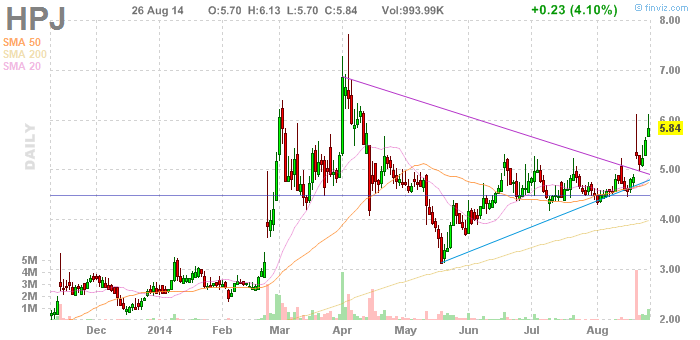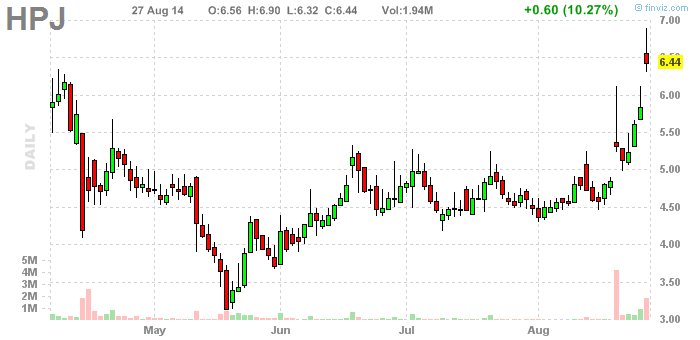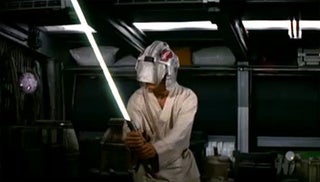
I've written a lot of about my entries and exits as they are more fluid and are more fun to write about. My risk management strategy is just as important as the stocks I trade and where I buy or sell. Indeed, it explains why I trade the set ups I do. I was recently asked about position sizing so I figured it is time for a Risk Management / position sizing post.
In my opinion, the three main ingredients to a successful trading plan are
- Entries
- Exits
- Risk management
In determining what entry / exit strategies you decide to trade you need to first set the guidelines for risk management.
The 2% Rule
My first rule is the 2% rule, which comes from Alexander Elder's Step into my Trading Room. I
never seldom risk more than 2% on a trade. This does not mean I only put 2% of my funds into a stock, rather it means I may risk up to 2% on that trade.
So on a 100K portfolio that means I can put up to 2,000 at risk on a particular trade. On most trades I do not go nearly that high. A trade that I will risk 2% is saved for very high conviction trades.
Interplay between Risk and Position Sizing
Most of the trades in my trade journal are entered following a tight range. The reason for that is that allows bigger size on a trade because I can place my stop tighter without placing it into "noise"
Suppose two stocks are set up for a break out at 10.00.
Stock A, has been range bound between 9-10 and Stock B. has been range bound between 9.50 and 10.0. On Stock A, I could place a stop a 9.00 and buy $2,000 shares. On Stock B I could be able to buy 4000 shares and place a stop at 9.50.
Assuming both stocks rallied to 11.00 my profit would be double in Stock B, 4% of my portfolio than in Stock A, which would be up only 2%.
Here is a position size calculator, which you can use to put in your parameters before entering a trade.
Tight Trading Ranges = increased position sizing
Much of my trading strategy and stock scanning is to find stocks with tight trading ranges.
For example, this trade from last year turned out to be one of my best momo burst trades. I entered on October 27 (big white bar at right of screen) as the trading range to the down side was very tight.
Entry
25.93 as RWLK rallied off 25 past the prior days contracted range.
I was able to risk .25 of my portfolio on this trade placing a stop at $25.50
Exit: I sold the next day (last day on this chart) at 31.73 (I knew this stock had a history of fading so I sold the open) This turned out to be a 6.6% gain for my portfolio in a day.
Those are the types of setups that offer asymmetrical risk profiles. I try to find the best and then trade them with the amount of size warranted.


















